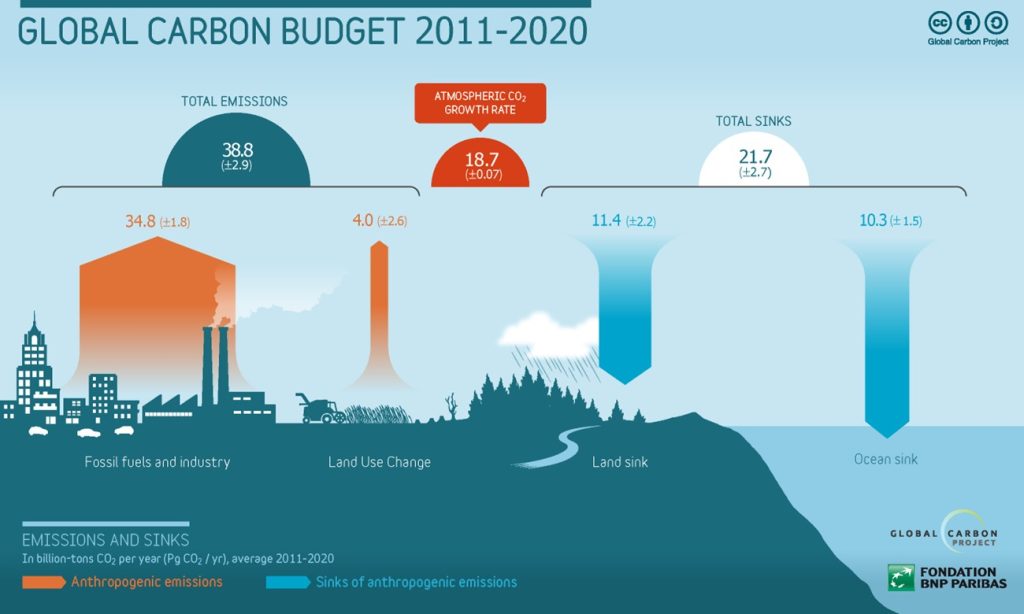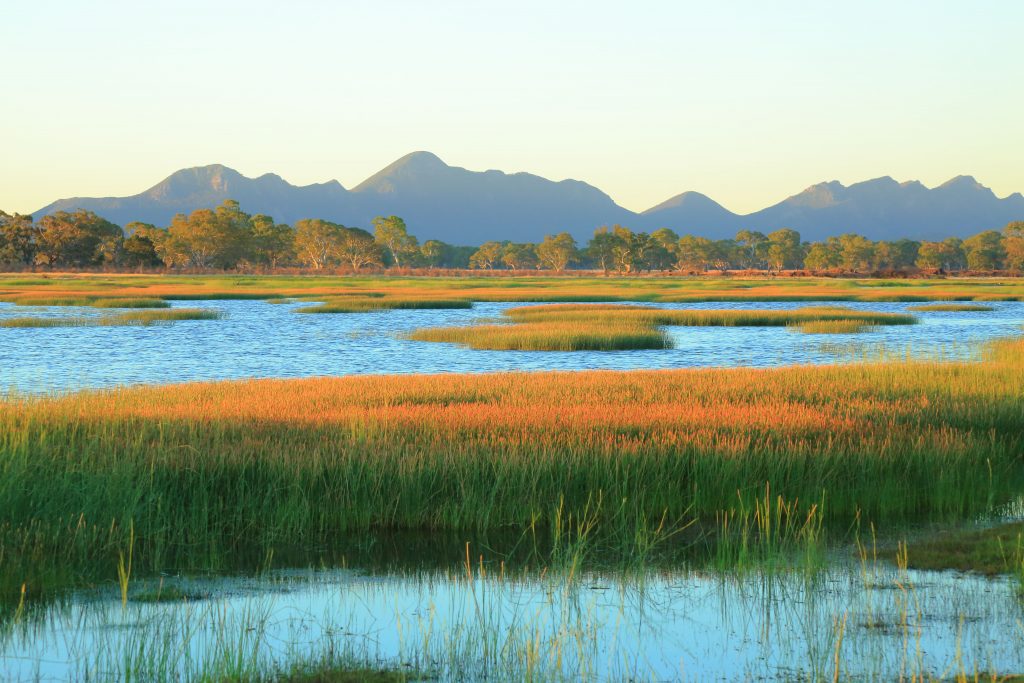Are wetlands our ‘smoking gun’ for land-based carbon mitigation? The full picture is complicated…
It is estimated that 20-30% of the world’s terrestrial carbon (i.e. excluding the atmosphere and oceans) is stored in wetlands. When you consider that wetlands only occupy 5 to 8% of the land mass, their carbon storage capacity is pretty impressive and for this reason, wetland restoration is increasingly being touted as a priority land-based carbon mitigation strategy. Yet scientific debate continues about the flux between carbon uptake (sequestration in the form of CO2) and emission (in the form of methane).
Methane is a potent heat trapping greenhouse gas with a global warming potential 28 times that of carbon dioxide. It is produced by a process known as methanogenesis which is the final step in the anaerobic degradation of carbon. Because it happens under anaerobic conditions, it is naturally geared to occur under inundation. But a key consideration is the trade-off between accumulation and decomposition. Decomposition is much slower under anaerobic conditions so as long as there is a sustained process of accumulation, then it makes logical sense that this can offset emissions. This is why peat wetlands in particular are such an important part of the carbon cycle.
Peat establishes because material (plant matter) is accumulating faster than it can be broken down. It’s only when we break the wetting cycle that aerobic respiration can kick in and fast track the decomposition cycle (as explained in this previous article). Methanogenesis is also sensitive to temperature (i.e. as the temperature increases, so does the rate of methanogenesis) and this is where a positive feedback cycle associated with climate warming becomes apparent.
China is currently undertaking a massive wetland restoration effort, having so far restored 40% of a target 14,040 square kilometres of wetlands since 2004 – that’s an area roughly half the size of either the Glenelg Hopkins Catchment Management or Limestone Coast natural resource management regions.
A recent study in China has concluded that under all but the most dire climate predictions (RCP 8.5 or business as usual scenario) wetlands are acting as carbon sinks. So as long as we can achieve some form of deviation from our current trajectory, wetlands can and do provide an additional, critically important carbon sequestration mechanism. The research goes further to suggest a sweet spot for carbon emissions management dependent on a combination of location, previous land-use, wetland type and re-wetting measures, in association with what a future climate might look like. These conclusions however do run the risk of directing policy makers, who are looking for the “ideal” types of wetlands for climate management and accounting, to overlook all of the other wetland types that provide a wide range of beneficial ecosystem services. Wetlands are too important for biodiversity to be seen through a carbon lens alone.
It would be a shame for us to lose sight of the wider benefits provided by wetlands in the pursuit of assuming an optimal natural solution for human-induced climate change, especially if the solution facilitates offsetting rather than reducing pollution at the source. So while the conversation around wetlands is likely to oscillate around whether or not wetland restoration is always a positive carbon mitigation strategy, we simply must not forget that the greatest contemporary threat to biodiversity is habitat loss, which is sometimes getting lost in the wider carbon discussion. It is in this regards that wetlands come into their own, as they are ecosystems capable of especially rapid recovery.



